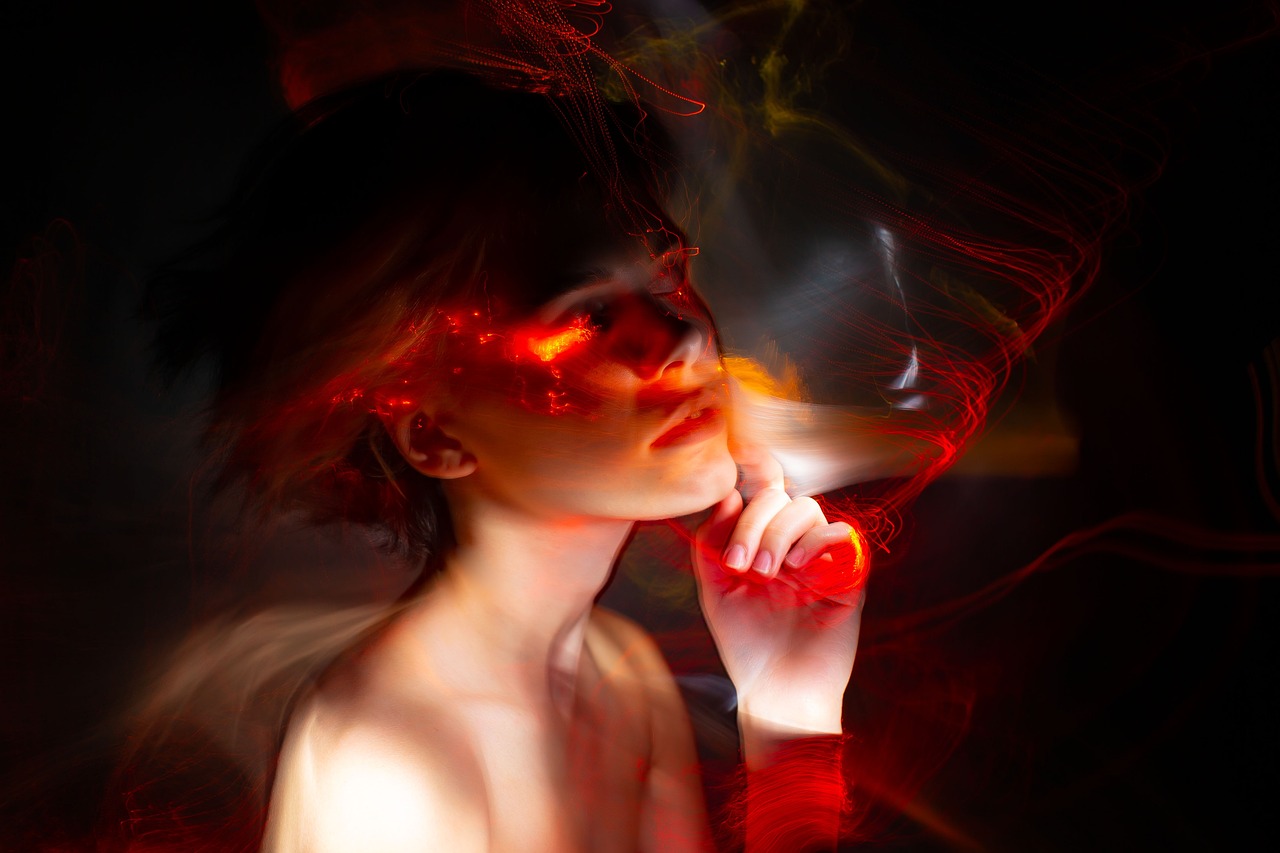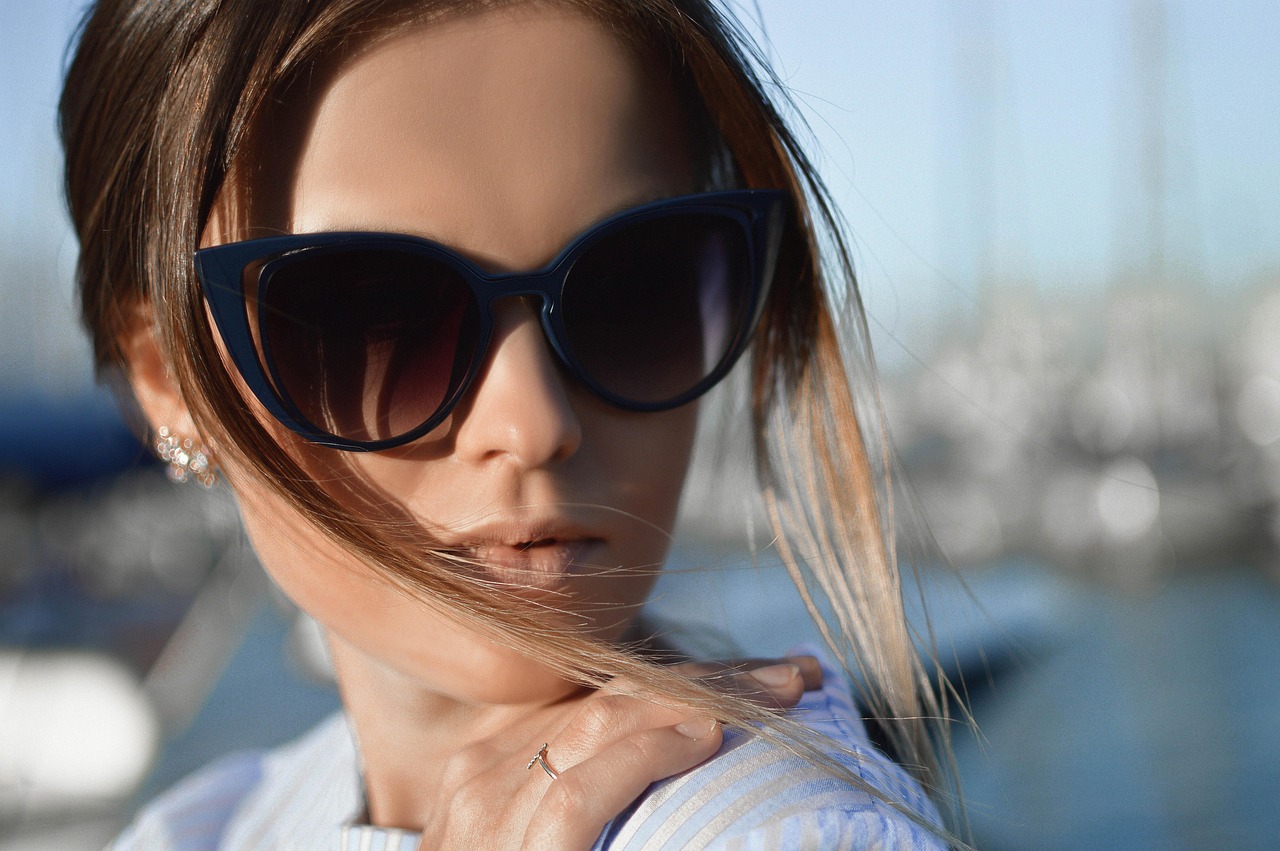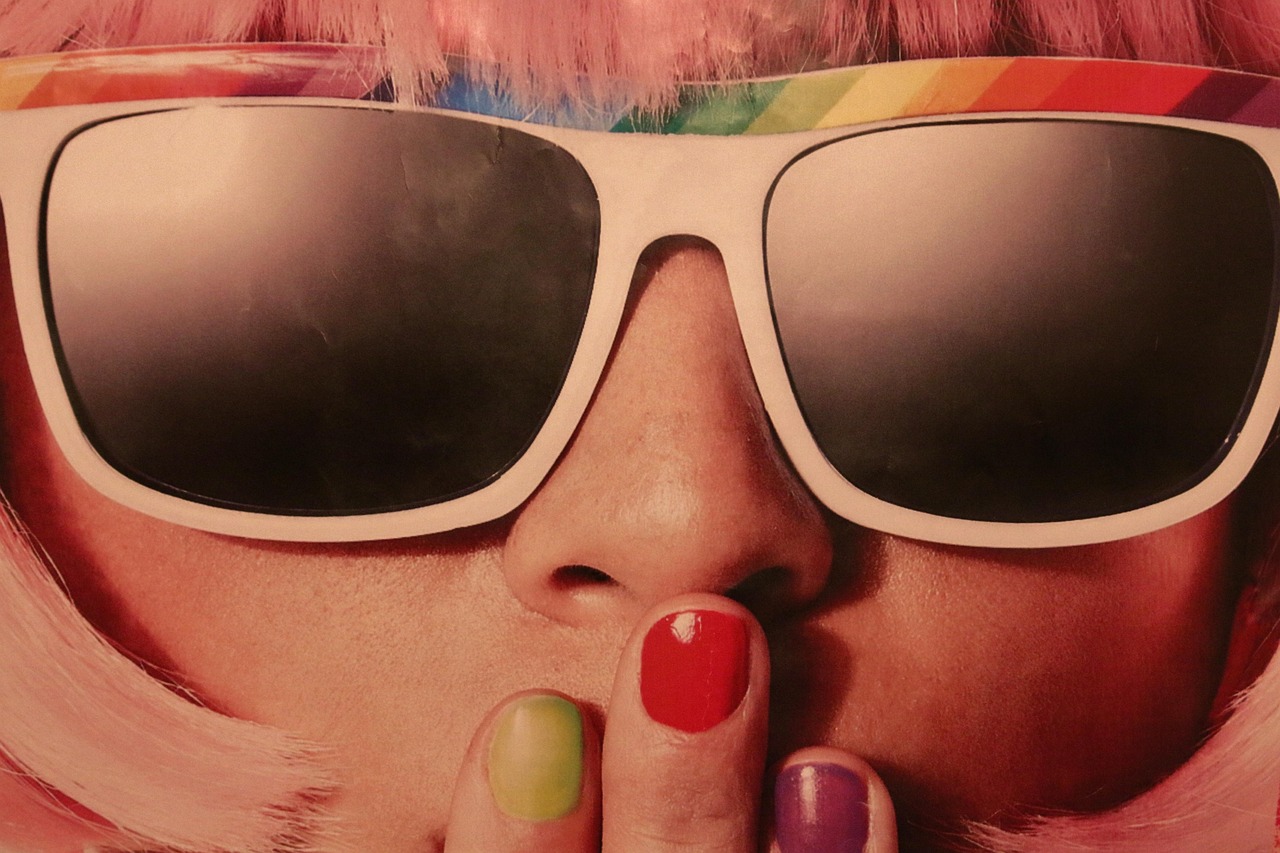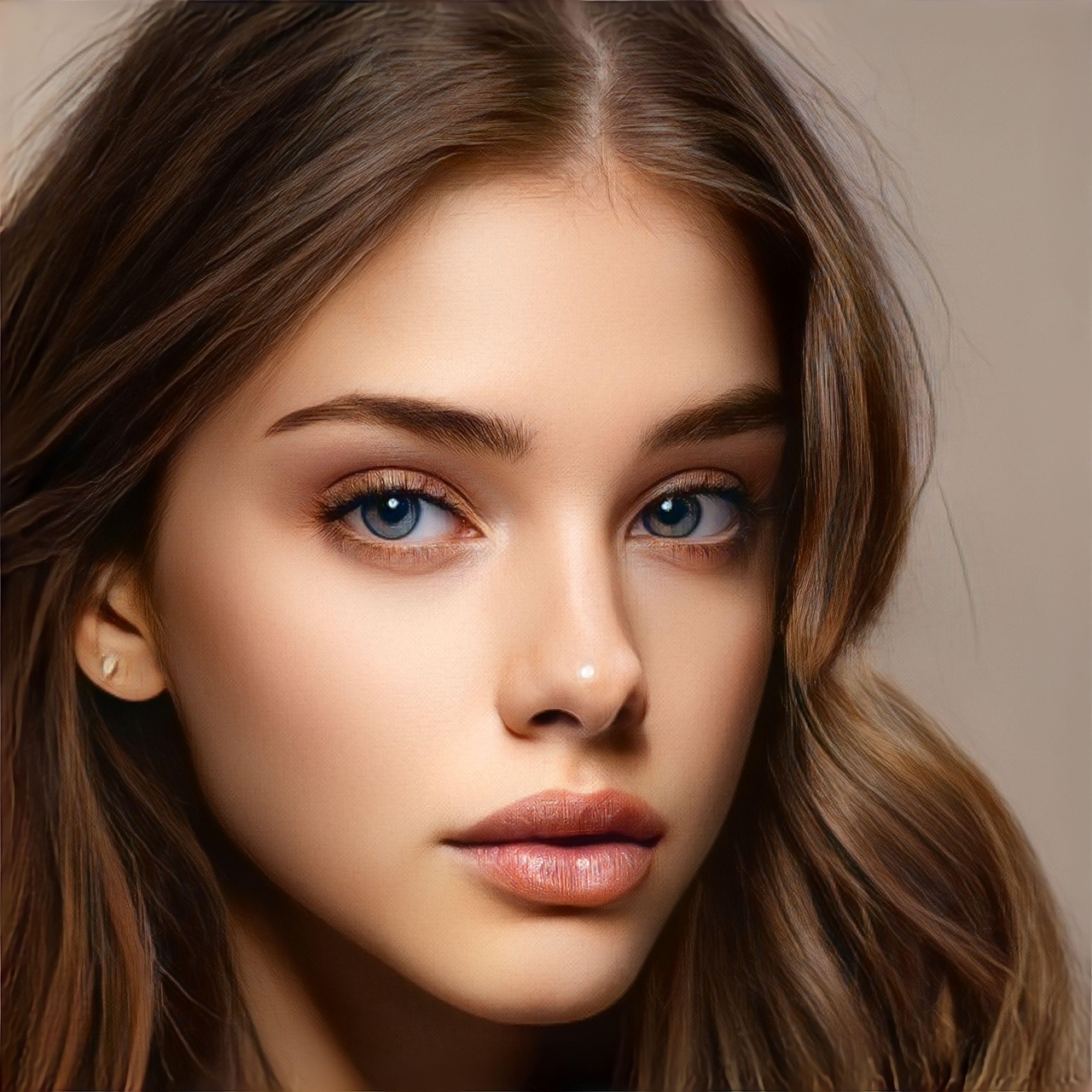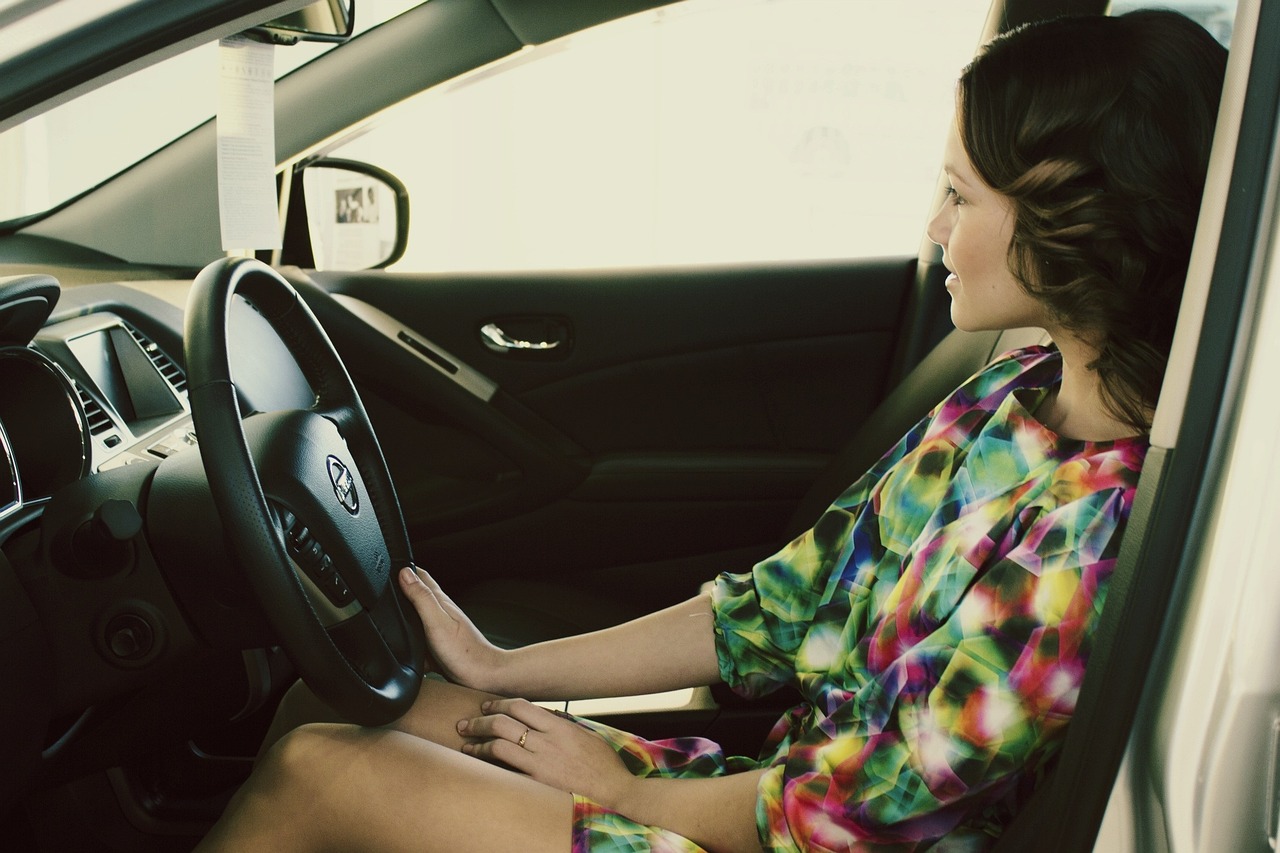
How Fashion Shows Have Evolved Through the Decades
Introduction: The Evolution of Fashion Shows
Fashion shows are not just about showcasing clothing; they are an art form, a spectacle, and an influential force in global fashion trends. Over the decades, fashion shows have evolved from private, exclusive events to global phenomena that influence culture, economy, and technology. From their humble beginnings in Paris to their current status as multi-platform events streamed around the world, fashion shows have continuously adapted to the changing demands of society and technology. This article explores the evolution of fashion shows, focusing on key moments and transformations through the years.
The Beginnings of Fashion Shows: Early 20th Century
Fashion shows as we know them today were not always a grand affair. In the early 1900s, the concept of fashion shows was merely a collection of private exhibitions designed to showcase the work of prominent designers to an elite clientele. These were not public events, but rather intimate gatherings where designers presented their collections to a select audience of high society.
The Rise of Haute Couture in Paris
At the heart of early fashion shows was Paris, which emerged as the undisputed capital of haute couture. Designers like Charles Frederick Worth, often regarded as the father of haute couture, held private fashion exhibitions in Parisian salons. His innovative approach, including the concept of showing an entire collection at once rather than individual pieces, marked the beginning of modern fashion shows.
The First Fashion Show: Charles Frederick Worth
Worth’s first fashion show in 1858 was an experiment in presentation, where he showcased his collection of dresses to a select group of women in Paris. The event was revolutionary, laying the groundwork for what would become the standard format for fashion shows in the future. Worth’s approach to the fashion show—focused on creating a narrative and emotional impact rather than simply displaying garments—set the tone for what fashion shows would evolve into in later decades.
The 1920s: The Birth of the Modern Fashion Show
The 1920s brought significant change to fashion shows, especially in the context of the rising influence of women in society. As women gained more independence and economic power, they sought greater involvement in the fashion industry. The emergence of new designer houses, like Chanel, transformed the fashion landscape.
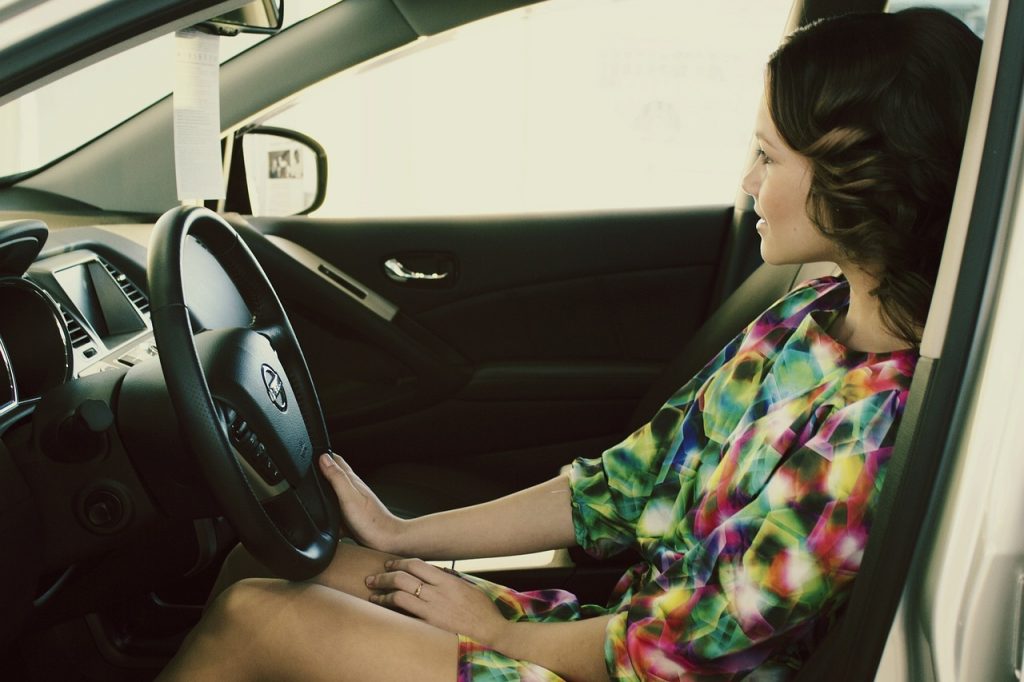
The Influence of Hollywood and Film
In the 1920s, Hollywood began to have a significant influence on fashion. Stars like Greta Garbo and Louise Brooks set trends that designers rushed to capture. Fashion shows, while still relatively small in scale, started to garner public attention through the lens of film and magazine coverage. This created a bridge between the exclusive world of fashion and the public’s growing obsession with cinema and celebrity.
The 1950s: The Golden Age of Fashion Shows
The 1950s is often referred to as the golden age of fashion shows. With the rise of television and mass media, fashion shows became more public events. Major designers like Christian Dior, Coco Chanel, and Yves Saint Laurent began holding larger and more elaborate fashion shows, which attracted the attention of not only wealthy clients but also the growing middle class.
The Role of Designers and Fashion Houses
The 1950s solidified the importance of designer houses as cultural icons. Designers became household names, and their shows were considered major events of the fashion calendar. Dior’s “New Look,” for instance, revolutionized women’s fashion and became a global sensation, influencing the design language of the era.
The Emergence of Iconic Supermodels
By the end of the 1950s, fashion shows began to feature a new breed of models—supermodels. Figures like Jean Shrimpton, Twiggy, and later, Naomi Campbell, turned the fashion runway into a stage where models became as famous as the clothes they wore. This marked the beginning of the supermodel era, which would dominate fashion shows for decades to come.
The 1980s and 1990s: Fashion Shows in the Age of Supermodels
The 1980s and 1990s saw the rise of supermodels like Cindy Crawford, Kate Moss, and Linda Evangelista, who became global icons. During this period, fashion shows became extravagant performances with a focus on spectacle.
The Age of Marketing and Commercialization
Fashion shows in the 1980s and 1990s were increasingly seen as marketing platforms. Designers, having recognized the power of fashion shows to reach a wider audience, began to integrate them into their global marketing strategies. The televised coverage of runway shows, combined with advertising campaigns, turned these events into cultural touchstones.
The Impact of Technology and Media
In the 1990s, the internet began to play a role in fashion shows. Designers used websites to showcase their collections, and fashion magazines expanded their digital presence. The rise of media outlets dedicated to fashion allowed the industry to reach a global audience.
The 2000s to Present: The Digital Revolution
By the 2000s, fashion shows had undergone a radical transformation with the introduction of social media, streaming services, and digital platforms.
The Role of Social Media Influencers
Social media platforms like Instagram, Twitter, and TikTok have dramatically reshaped the fashion show landscape. Influencers and celebrities now have the power to dictate trends, often before they hit the runway. Designers are now collaborating with influencers to increase the reach of their collections, and live-streaming fashion shows has become a common practice, making these events accessible to millions of viewers worldwide.
The Growth of Virtual Fashion Shows
The COVID-19 pandemic accelerated the trend of virtual fashion shows, with designers opting for digital presentations over physical runways. Virtual shows allow for more creativity, as designers can break the rules of traditional shows, offering innovative presentations through interactive media and augmented reality.
Conclusion: The Future of Fashion Shows
Fashion shows will undoubtedly continue to evolve as technology advances. The next frontier might include even more immersive experiences using virtual reality, AI-driven fashion shows, and increased interaction between designers, brands, and consumers. As the digital and physical worlds continue to merge, the future of fashion shows will be shaped by the demands of a highly connected, always-online society.
FAQs
- What was the first fashion show in history? The first recognized fashion show was held by Charles Frederick Worth in 1858 in Paris, marking the start of the haute couture industry.
- How have fashion shows changed with social media? Social media has made fashion shows more accessible, enabling designers to reach a global audience instantly. Platforms like Instagram and TikTok have turned influencers into key figures at these events.
- Why did fashion shows become bigger in the 1950s? The 1950s saw fashion shows grow in size and influence due to the rise of television, the increasing power of designer houses, and the emergence of mass media coverage.
- How has the digital age affected fashion shows? The digital age has introduced virtual and live-streamed fashion shows, making them more interactive and accessible to people worldwide. This shift allows brands to showcase their collections globally without geographic restrictions.
- What is the future of fashion shows? The future of fashion shows is likely to involve more digital and immersive experiences, including virtual reality presentations and AI-powered fashion showcases that blend technology with creativity.
